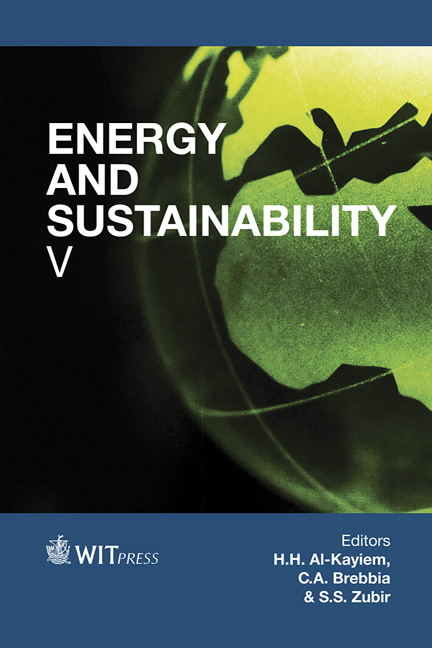Waste As A Source For District Heat Production And Greenhouse Gas Reduction: A Case Study
Price
Free (open access)
Transaction
Volume
186
Pages
11
Page Range
831 - 841
Published
2015
Size
657 kb
Paper DOI
10.2495/ESUS140741
Copyright
WIT Press
Author(s)
S. Vares, K. Klobut, A. Itänen
Abstract
In the EU’s waste strategy, the order for sustainable waste actions is: reduction, reuse and recycling. Recovery has recently been added as a fourth action, and it is applied to the waste types that cannot be reused or recycled. Thus, recovery remains the last option before final landfilling. The annual amount of municipal waste from households in Finland is 2.5 million tons. Waste collection and utilization is organized relatively well, but still 1.1 million tons are disposed of to landfill. A recent survey on mixed waste quantity and quality showed that almost 65% of its content is bio-based. Energy recovery from this waste in combined incineration plants for district heat and electricity (CHP) may serve as an additional measure for greenhouse gas reduction in local communities. Since buildings are responsible for approximately 40% of energy consumption, it is important to reduce energy consumption. In Finland, due to the long heating season, the energy production method and heat source are extremely important for greenhouse gas reduction. This paper discusses energy recovery from waste in a case study of a new residential area in southern Finland. All the buildings fulfil current Finnish energy requirements and represent typical wooden frame construction with rendering façades. It is assumed that the households will be connected to the local district heat system, in which heat is produced partly in gas-driven heat plants and partly in a municipal waste incineration plant. We show that energy recovery from waste should not be underestimated, because it is a valuable means of greenhouse gas reduction, especially in local communities.
Keywords
municipal waste, district heat production, energy efficient buildings, greenhouse gas reduction, carbon footprint





